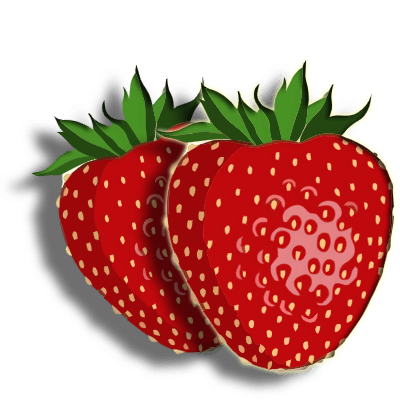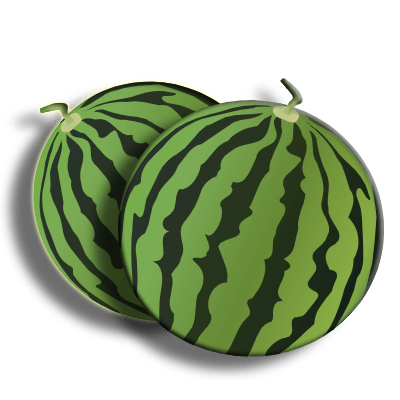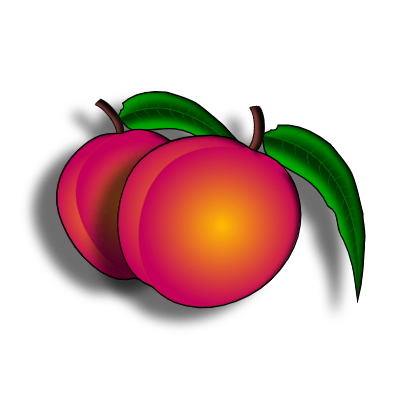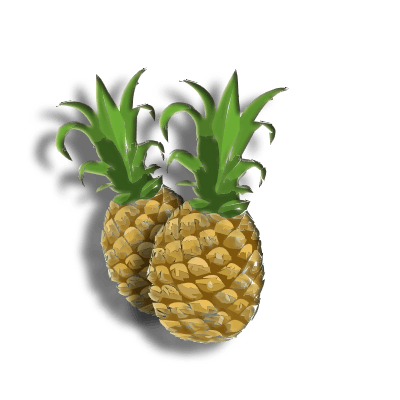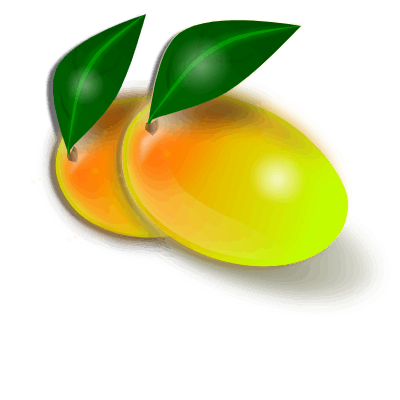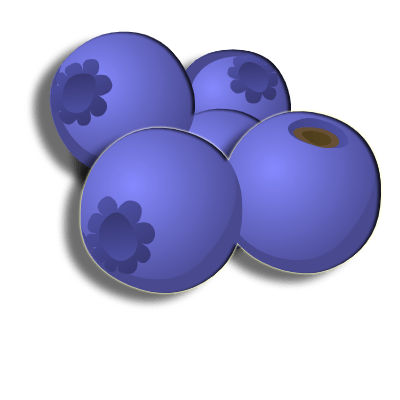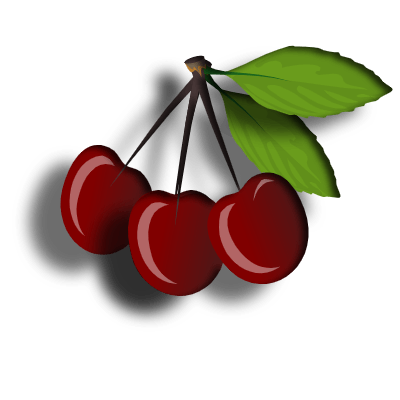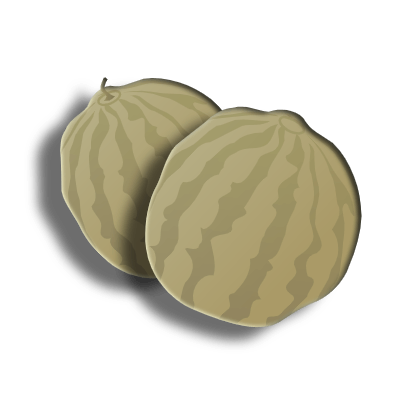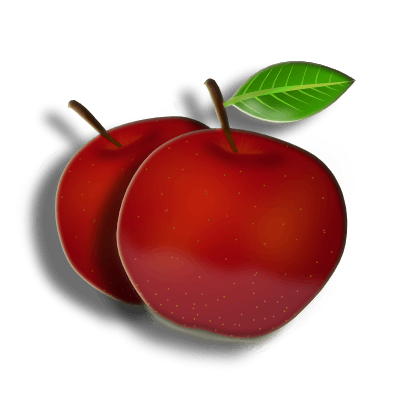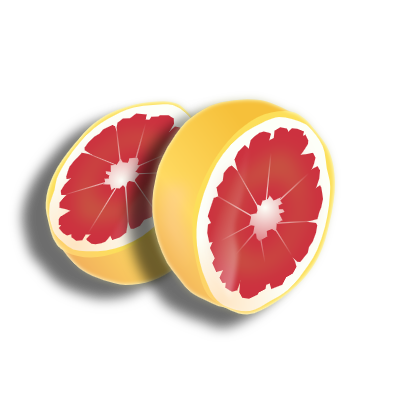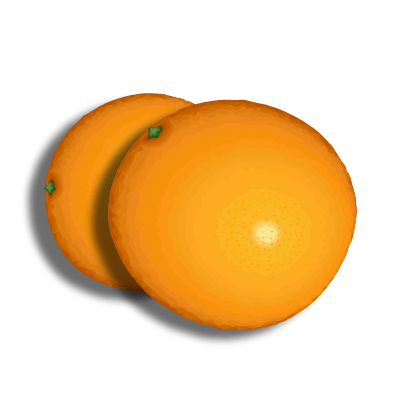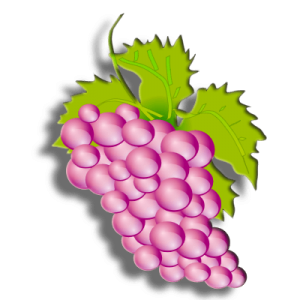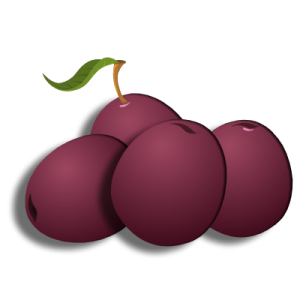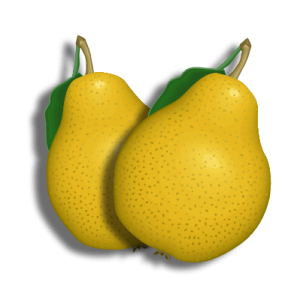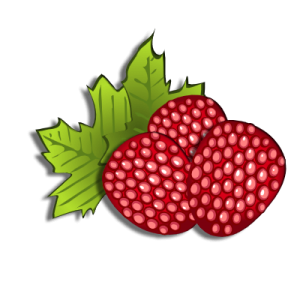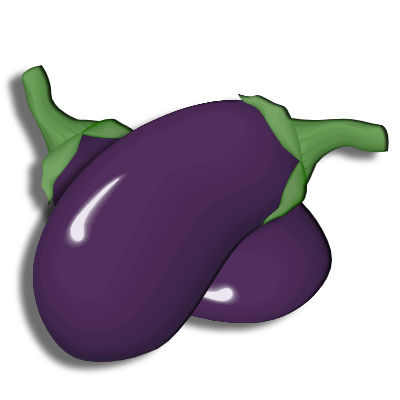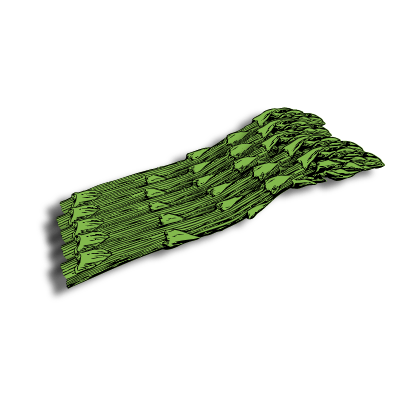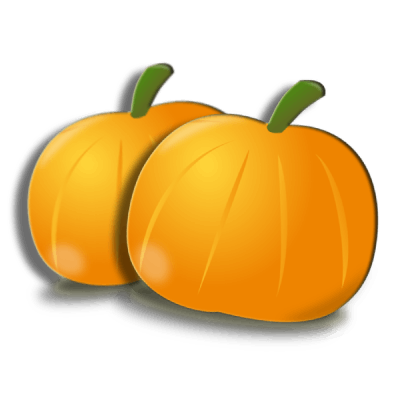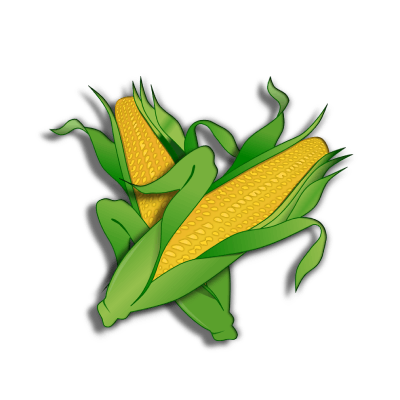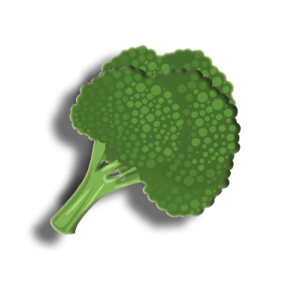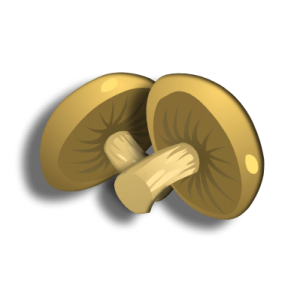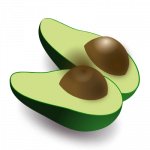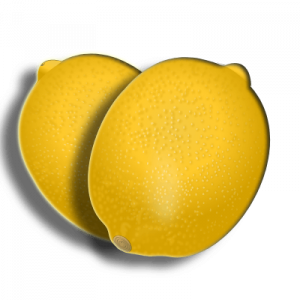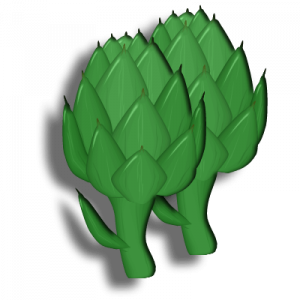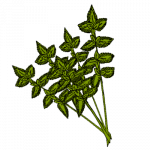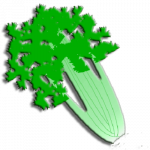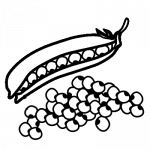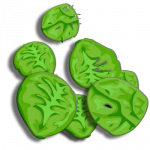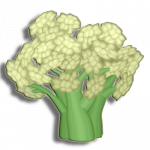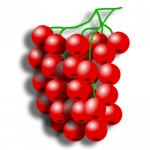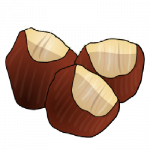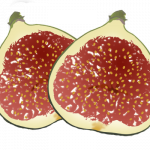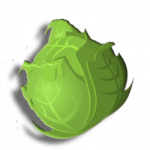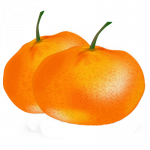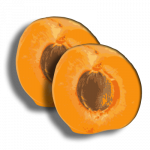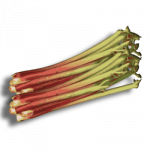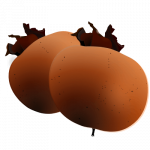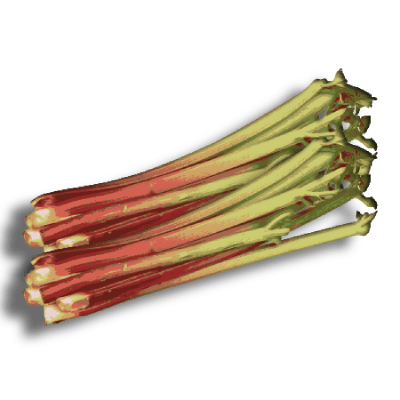
Listed as a vegetable but considered as fruit or berry, rhubarb is now available in America. But when is the rhubarb season exactly? In the May-September season, rhubarb is available in Alaska, Colorado, Illinois, Missouri, Rhode Islands, and South Dakota. In the winter season, you can find it in Alabama, Arkansas, Southern California, and Louisiana.
| State | Rhubarb in season |
|---|---|
| Alabama | February till May |
| Alaska | May till October |
| Arkansas | February till June |
| Southern California | January till March |
| Northern California | April till November |
| Colorado | May till September |
| Connecticut | May till August |
| Delaware | May till July |
| Florida | May till June |
| Hawaii | May till June |
| Idaho | May till August |
| Illinois | May till October |
| Indiana | April till June |
| Iowa | May till June |
| Kansas | May till June |
| Kentucky | June till August |
| Louisiana | February till June |
| Maine | May till June |
| Maryland | May till July |
| Massachusetts | May till August |
| Michigan | May |
| Minnesota | May till June |
| Mississippi | February till June |
| Missouri | May till November |
| Montana | May till June |
| Nebraska | April till June |
| Nevada | March till November |
| New Hampshire | June |
| New Jersey | May till July |
| New Mexico | April till June |
| New York | May till July |
| North Dakota | May till July |
| Ohio | April till July |
| Oklahoma | April till June |
| Oregon | March till August |
| Pennsylvania | May till July |
| Rhode Island | May till October |
| South Dakota | May till September |
| Tennessee | May till June |
| Utah | May till August |
| Vermont | May till August |
| Virginia | April till July |
| Washington | April till August |
| West Virginia | June and September |
| Wisconsin | May till June |
| Wyoming | April till June |
Surely, many of us do not know how useful is rhubarb for the body. The petioles contain up to 93% water and 3.2% fiber. The younger the plant, the juicier the stems, and the more coarse fiber they contain. Rhubarb contains many biologically active substances such as vitamins (A, C, groups B, K, PP), organic acids (oxalic, succinic, folic; malic, chrysophanic, citric), polyphenols, micro-and macroelements (calcium, selenium, zinc, potassium, magnesium, iron, phosphorus), resin and starch.
Rhubarb is especially useful for people with weakened immune systems. Enriching the body with valuable vitamins and microelements, rhubarb has antimicrobial, choleretic, tonic properties. That is why the plant is considered medicinal and is used to treat various diseases. The beneficial properties of rhubarb extend to cosmetology and dietetics too.
Rhubarb is very popular in the kitchen too. Its petioles have a sweet and sour taste, reminiscent of sorrel. They are used for the preparation of salads, soups, fillings for pies, jelly, jams, sauces. In desserts, it goes well with strawberries, oranges, ginger, and whipped cream. The stems can be added to vegetable stews or stuffed with the game. The plant is also used for making beer or wine. But please watch out, overgrown leaves and roots accumulate toxic substances, so they are not eaten.
Look also at these fruits & vegetables:
